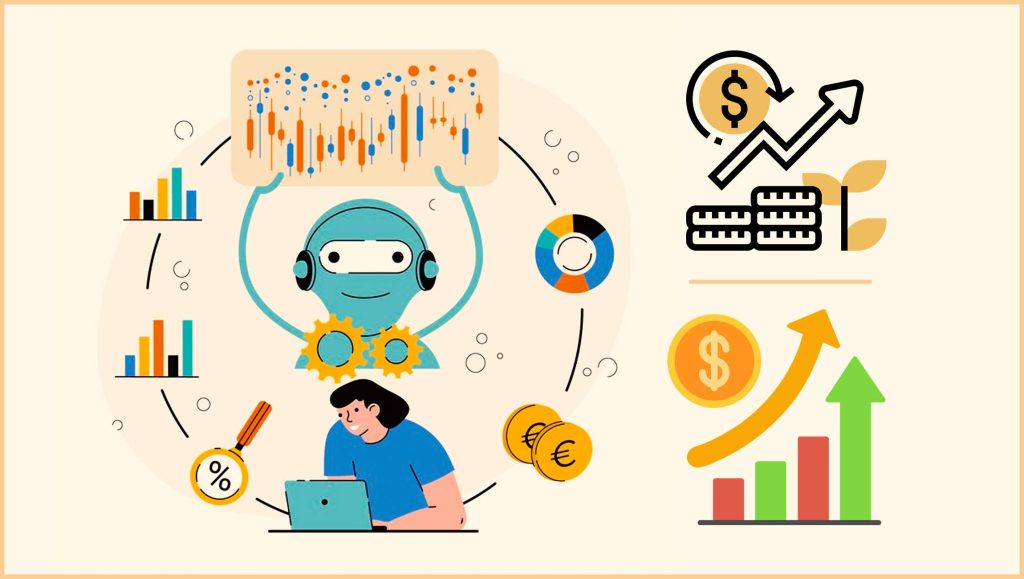Going beyond sales enablement to drive company-wide wins
Sales teams know the value of competitive intelligence (CI). Having accurate, timely insights on your competitors helps with prospective call planning, handling objectives, dismantling landmines set by rivals, and so on.
But while competitive intelligence is typically viewed as part of a sales enablement strategy and a tool in a sales reps’ toolbox – it’s actually so much more. When CI is prioritized company-wide, departments beyond the sales team can do their jobs more effectively with real-time competitive intel.
Read More: It’s Time To Blow Up Sales Training And Start Over
And it turns out departments need to do their jobs more effectively since markets are getting way more competitive. According to Crayon’s recent State of Competitive Intelligence report, 59% of survey respondents claimed that their markets have gotten “much more competitive in recent years.” More competition coupled with the explosion of digital channels means that teams are struggling to keep tabs on the competitors in their industries. CI is no longer a sales enablement play; it’s time to make competitive intelligence part of your overall business strategy.
An Overview of CI
For those unfamiliar with competitive intelligence, it’s the process of tracking, analyzing, and activating information on your competitors. When done right, CI empowers your teams to improve their decision-making, ultimately helping businesses execute more effectively.
During the track phase, companies will gather information about their competitors across a range of channels – from competitor websites to peer review sites (e.g. G2) to social media platforms. The analyze phase is focused on doing just that, analyzing the intel that was recently gathered and coming up with relevant takeaways. What does the competitive data we collected mean for our business? Finally, the activate phase is getting the right CI intel into the right hands across your company so that educated decisions can be made.
Keeping Stakeholders In the Know
You may be wondering, who exactly outside of the sales team should be activating CI? The simple answer is almost everyone! With CI your teams gain more industry expertise which helps them develop in their respective roles.
For some perspective, here are some examples of what your company should and can be collecting insights around: pricing and packaging, news releases and press coverage, events, content marketing, product reviews, and more. It’s easy to see the potential benefits for different departments. Product teams can get informed about a new feature a rival just released, marketing teams can be made aware of updated messaging on a competitor’s website, and executives can stay in the know about a recent C-suite hire that a competitor just made.
Read More: Three Ways To Think About Innovation Trends
Investing In CI Technology
Conducting CI is no easy feat, though – especially when you have a mountain of data and no tools on hand to make it an efficient, cross-functional, and impactful process. That’s why the world’s leading brands like HubSpot, Dropbox, J.P. Morgan, and Discover have invested in CI software platforms, tracking all of their competitive intel in one centralized location.
Through the use of machine learning and advanced research tools built into your CI platform, your teams can stay attuned to the pulse of your market through both real-time and historical analysis of CI data, helping you quickly identify trends and opportunities. You can also distribute data right from the platform to your teams.
Once again, referencing Crayon’s State of Competitive Intelligence report, nearly half of survey respondents plan to increase their use of CI technology in 2022. CI doesn’t have to be a manual process; investing in a CI platform can help companies get (and stay) ahead of competition.
Building a Proactive CI Program
Having the right CI tools and technology in place helps ensure your team is adopting a proactive approach to competitors. For example, by monitoring your rivals’ integration pages for changes, you know before the news breaks when they’ve integrated a new tool. Not only does the sales team now have the most recent information before jumping on calls, but this gives other teams the necessary heads up to prepare positioning, messaging, and plan other potential initiatives.
It is no longer a viable strategy to scan your competitors every six months or even once a quarter. CI needs to be an always-on activity that is (preferably) software fueled for it to be impactful and sustainable. The companies that consistently and proactively monitor and activate competitive insights are using industry knowledge to their advantage.
Read More: Want To Crush Customer Acquisition In 2022? The Answer May Be Right Under Your Nose.
Stay One Step Ahead of the Competition In 2022
With competition growing and constant changes happening within your market, it’s important to stay ahead of the curve. CI is no longer a nice to have or something that solely benefits the sales team in an organization but rather it’s an essential part of a company’s business strategy.















